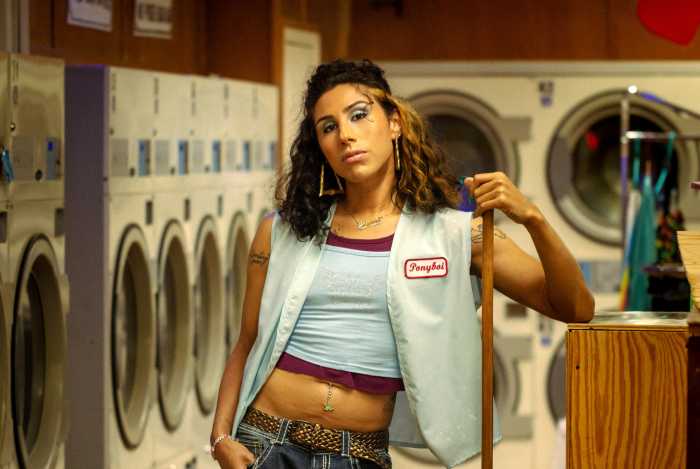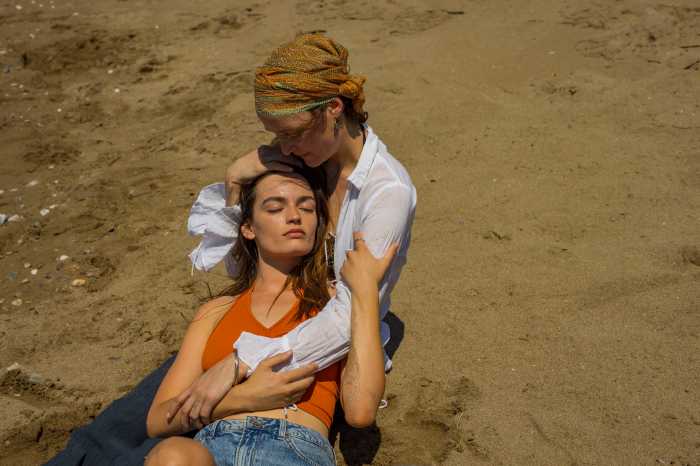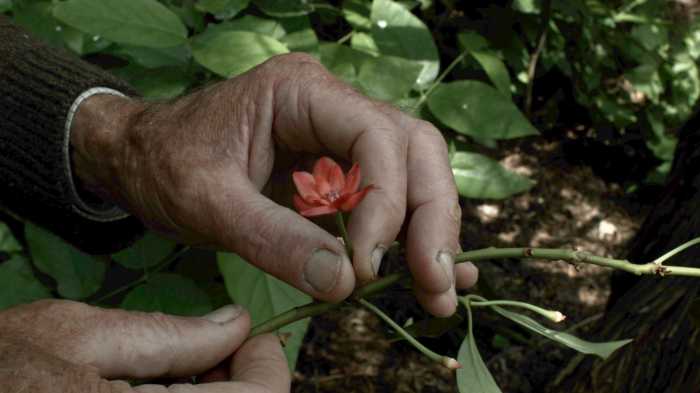BY STEVE ERICKSON | Bipartisanship may be an ideal in some corners of American politics, but it's surely an understatement to point that it's not a concept honored by most documentarians. As some critics have speculated, Tony Kaye's abortion doc “Lake of Fire” likely bombed because of its refusal to choose sides in the debate.
“The Unforeseen” isn't exactly bipartisan; Laura Dunn's environmentalist perspective and skepticism about uncontrolled growth are readily apparent, even expressed explicitly by executive producer Robert Redford and journalist William Greider, within her film. However, it's “fair and balanced” in the sense that it recognizes the humanity of the people with whom Dunn disagrees.
THE UNFORESEEN
Directed by Laura Dunn
Cinema Guild
Opens Feb. 29
Cinema Village
“The Unforeseen” resonates with a liberal Christian perspective, marked by the value of forgiveness. That quality is one of the most remarkable things about the film. Dunn's documentary is also striking in its commitment to honoring the beauty of the nature whose fragility it depicts. You'd think that would be a no-brainer, but many filmmakers with an agenda grind out artless successions of talking-heads interviews.
Austin's ecological threats chronicled with measured alarm.
Still, “The Unforeseen” isn't just a collection of pretty pictures. Some of its images are obvious, like a glimpse of a butterfly leaving its cocoon as Greider talks about economic growth, but most aren't.
For the documentary field, its scope and ambition are rare, balancing image and sound brilliantly. The soundtrack relies heavily on the grand crescendos of the Icelandic band Sigur Ros and the liturgically-tinged compositions of Arvo Part, usually played at low volume. The struggle depicted in “The Unforeseen” began in Austin in the early '70s. At the time, the counterculture raged strong, and the city was one of the few places where, as one person puts it, hippies and cowboys got along well together.
Barton Springs was a natural, aquifer-fed oasis. After Reagan-instituted deregulation, the spring was threatened by development around it, which damaged its water quality. Gary Bradley was one of the key developers, often demonized by the opposition. The struggle drew protesters on both sides. A City Council meeting dragged on all night and ended in a decision to protect the springs.
Meanwhile, a right-wing libertarian group, Take Back Texas, organized to fight for the rights of private property owners to do as they please, even if that meant polluting public land and water. After George W. Bush was elected governor of Texas, their voices found a welcome ear.
“The Unforeseen” views Austin as a living organism and unchecked development as a cancer upon it. Filled with helicopter shots of the city, the film comes up with several visual metaphors for the ecology of Austin. Dunn uses animated maps and images of the bloodstream and “The Unforeseen” is also filled with water, including breathtaking glimpses of undersea caves. One sequence contrasts the crystal-clear pool at Barton Springs in 1996 with the murky, sediment-filled water of 2004.
Even Dunn's interviews are imaginatively filmed. Lobbyist Dick Brown's face is only seen as he builds a model warplane while talking to her.
Several kinds of conflict lie at the heart of “The Unforeseen.” The most basic one is how to determine the point at which people's freedom to do what they want with their own land conflicts with the rights and quality of life of others. For Take Back Texas, that question isn't even worth asking. As one member states, “People should be number one, and bugs should be at the bottom of that list.”
But developer Bradley's situation is a bit more complex, and Dunn treats him sympathetically as his plans go down in flames and he's forced to declare bankruptcy.
The struggles depicted in “The Unforeseen” are very Texan – especially those caused by the presence of Austin's liberal enclave in a generally conservative state – but they're also endemic to the American spirit. Greider points out several times – and not disapprovingly – that the idea of unchecked growth is central to American capitalism. Toward its conclusion, the film explores the paradoxes of suburban sprawl, as former city residents yearn for fast-food restaurants and Wal-Marts that will destroy the pastoral qualities that enticed them out of urban areas to begin with.
Once again, Dunn's position is obvious, but she resists judging her interview subjects. Even lobbyist Brown is allowed to relish his status and retain his dignity as the enemy of the pot-smoking, cappuccino-sipping liberals he mocks.
“The Unforeseen” manages to combine heavy spiritual overtones with a journalistic depth, all without turning into New Age pablum. Much of its agenda remains implicit, suggested by the images without being spelled out in words. It romanticizes nature while somehow keeping itself grounded. This documentary even has a story arc – the sad rise and fall of Bradley.
“The Unforeseen” will probably find its largest audience when it airs on the Sundance Channel later this year, but its poetry and pathos demand a big screen. While Dunn's style is closer to Terrence Malick than Paul Thomas Anderson, Bradley becomes a figure as tragic and memorable as the fictional Daniel Plainview in “There Will Be Blood.”


































